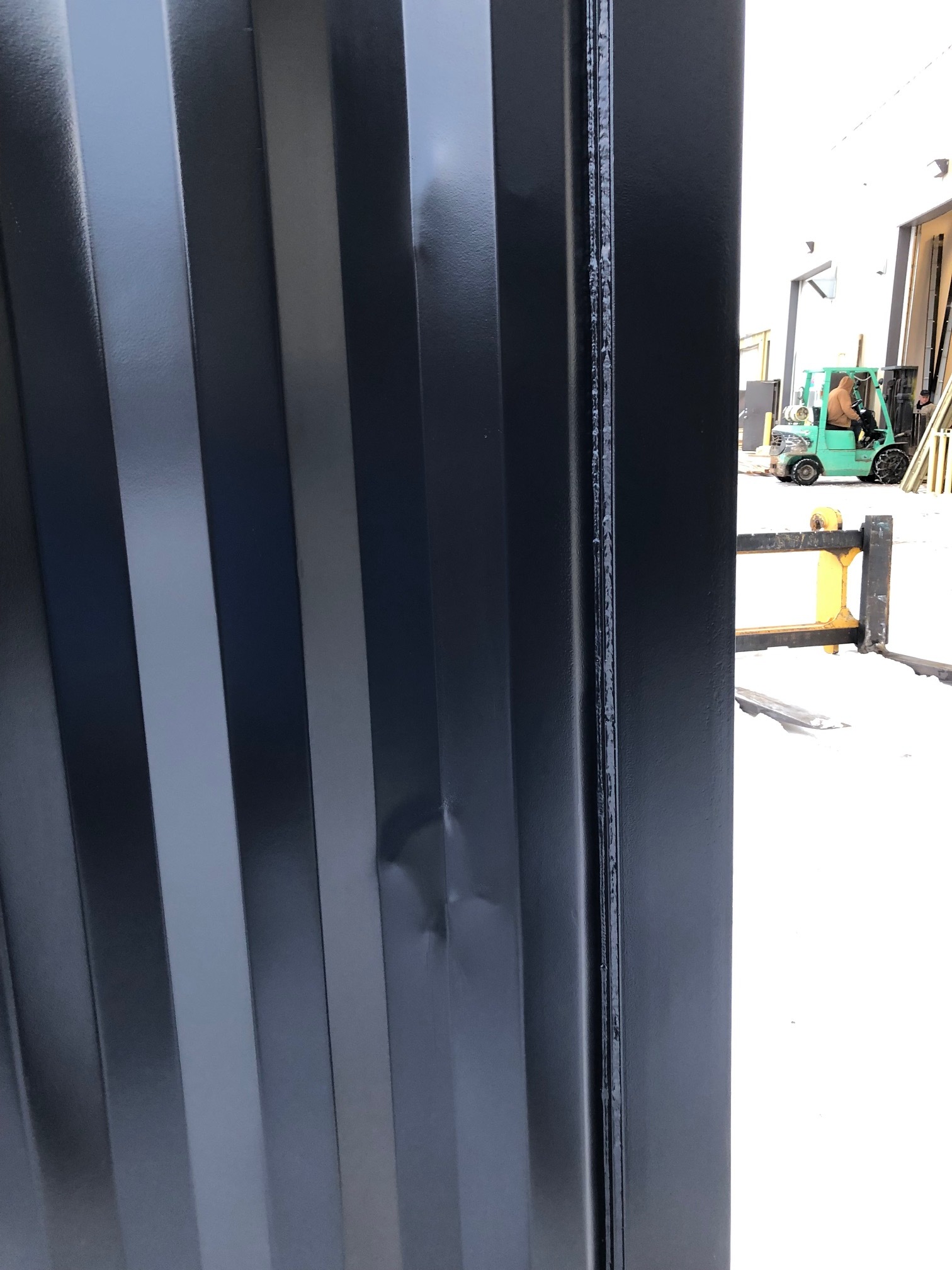Frequently Asked Questions
What can a Honomobo be used for?
A Honomobo is simply put a living space. A Home, a rental suite, office, ADU, guest house, granny suite, in-law suite, cabin or cottage, multi-unit apartment complex etc.
How does a Bank classify a Honomobo?
Simply put, a Honomobo is a Home. We certify all our homes under your local required factory-built modular status (For Canada this is CSA-A277, HCD for California and WAC 296 150-M for the State of Washington), which assures that your home has been engineered and built to meet the local building code of where it will be permanently placed. Our homes have been designed and sealed by registered professionals to be compliant with the local building code and are permitted by local municipalities as standard permanent homes. A Honomobo is a Home.
Can a Honomobo be stacked?
A Honomobo is in its element when it's stacked and can be placed on a garage, carport, or even another Honomobo (Additional engineering may be required)
Is a Honomobo Customizable?
A Honomobo's exterior layout is fixed, but can be mirrored. We have some options to personalize the interiors of our homes i.e. cabinets, floors, technology package and counters. All mechanical and electrical designs are fixed.
How do the Cities view a Honomobo?
Our homes are certified factory-built homes that are built to meet the local building code, which is crucial to the City’s approval.
Does Honomobo supply land?
A Honomobo does not come with its own land, but fits very well as a primary residence or in your back yard as secondary dwelling , or in remote areas and as a cabin or cottage.
Where can I put a Honomobo?
There are several neighbourhoods that have the applicable zoning requirements to accommodate a Honomobo as a primary or secondary dwelling (Most Cities allow you to look up zoning based on your address via their website).
A Honomobo becomes a permanent fixture of your land and is generally permitted to go anywhere a standard home can go!
If it's considered permanent does that mean i can't move it?
A Honomobo is inherently modular, it comes together in modules and can be dismantled back into its original modules. A Honomobo is typically welded to a permanent foundation and bolted together onsite. With the right tools and approvals, you can relocate your home in the future.
How is a Honomobo insulated?
We use a highly efficient certified 2lb polyurethane closed cell foam for our H-Series and Structurally Insulated panels for our M-Series, which essentially eliminates any air gaps or air transfer. This keeps your Honomobo cool in the summer and warm in the winter while not hurting your wallet!
How long does it take to get a Honomobo?
From design through to permits and completion it typically takes 6-12 months. Permits vary by jurisdiction and can be as quick as 1 month or as longs as 6+ months. The quicker you begin the pre-construction phase the sooner you can have your home! It typically only takes us 10-12 weeks to actually build your home.
How much does a Permit Cost?
Permit costs are determined by each local governing authority. Generally this information can be found on your local City's website.
How do I finance my Honomobo?
There are a number of ways to finance a Factory-Built Home: Home Equity Line of Credit, Construction Mortgage, Refinance Plus improvements, Refinance, Purchase Plus Improvements. If you would like to discuss in more depth, we would be happy to refer you to lenders we have worked with in the past.
What is the Net Positive potential?
In every aspect of what we do, we strive to be a net positive impact to the world around us.
It starts where Honomobo’s are placed, in densifying urban areas, allowing communities to use existing streets, revive schools, increase transit use, fill local coffee shops, and promote interaction between diverse social groups, creating an overall healthier community.
A Honomobo can be outfitted in a way that it creates more energy through solar energy than it uses on an annual basis, creating a truly green and sustainable living space for the generations to come.
If you build with used containers, are there dents or imperfections?
Yes, since our H series is built with used shipping containers the containers may contain small dents or imperfections. Here are a few examples:




